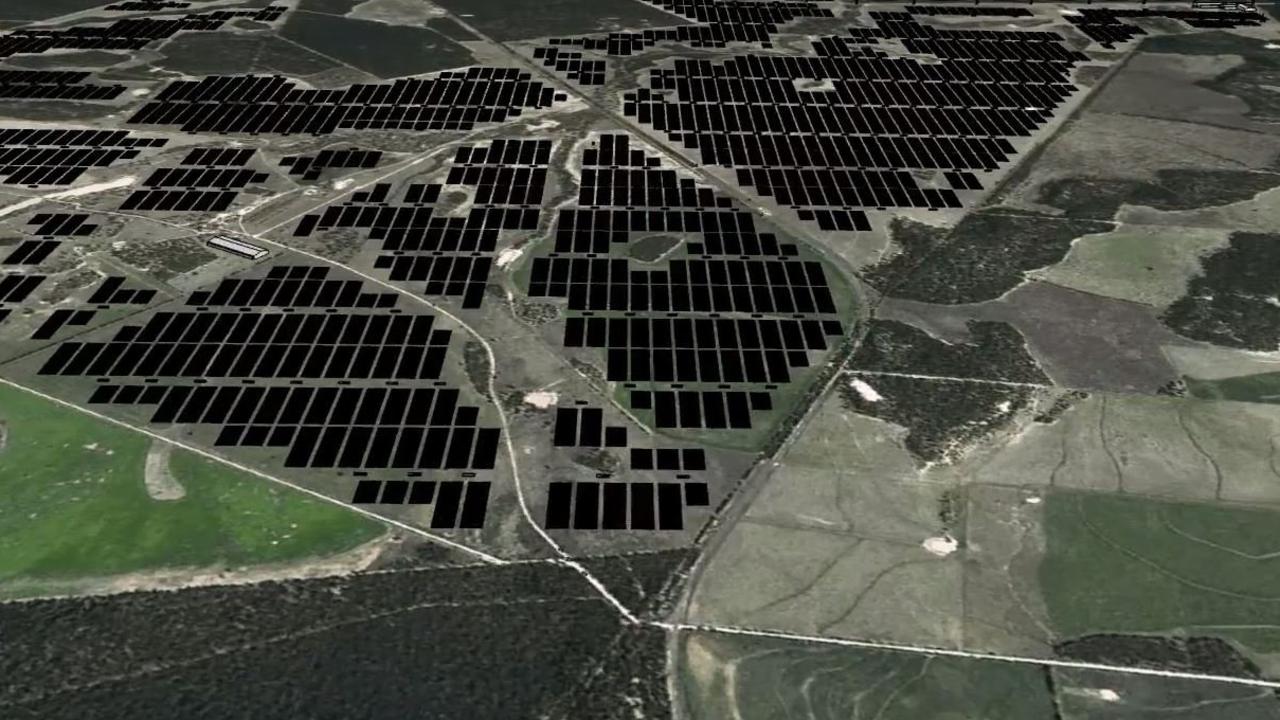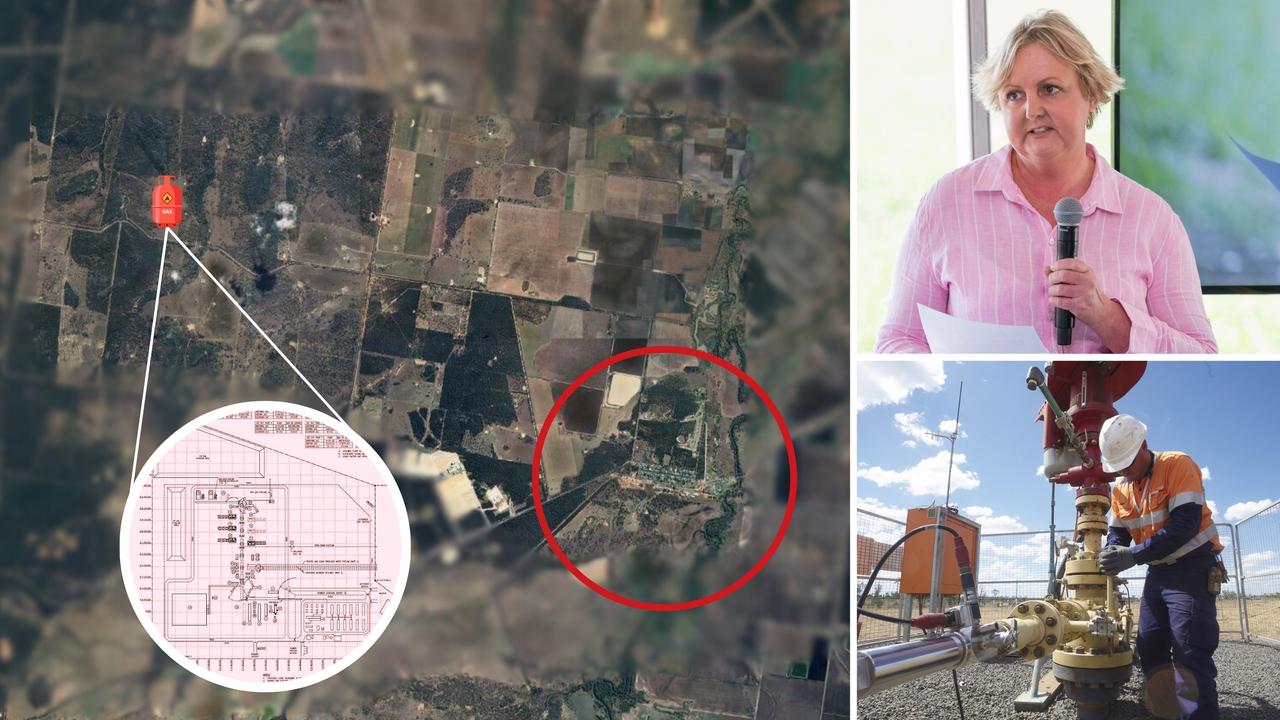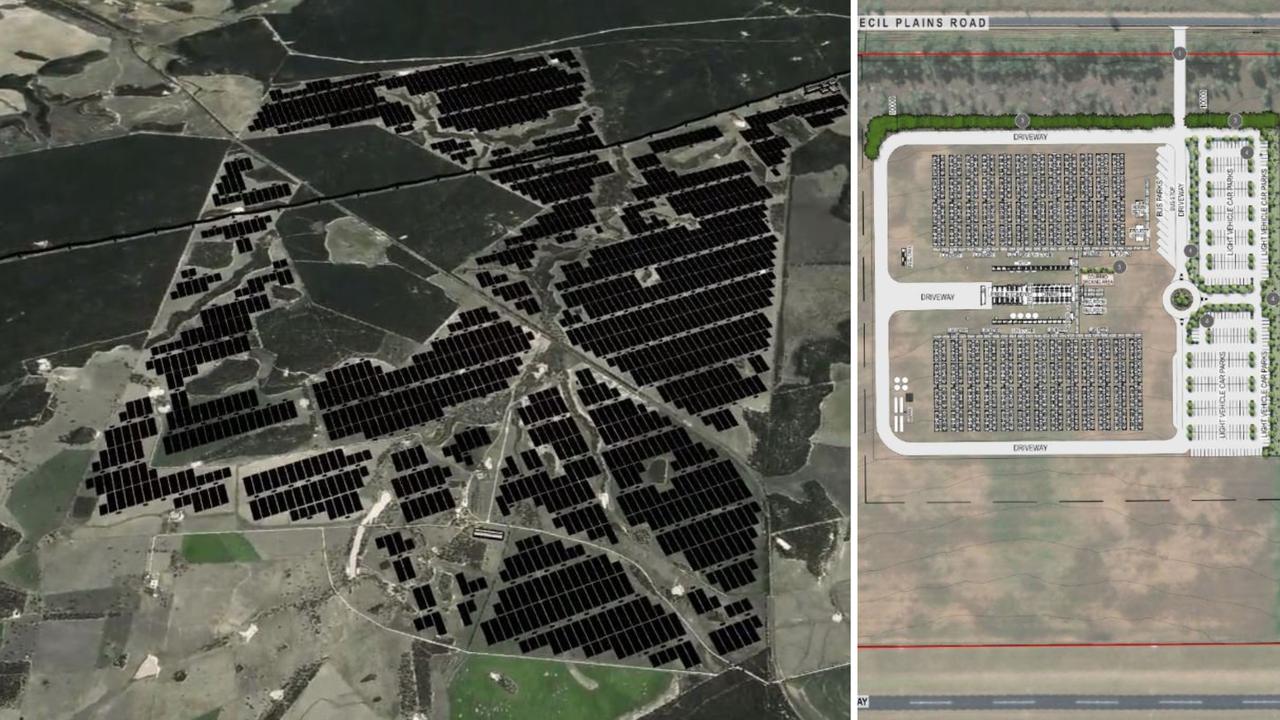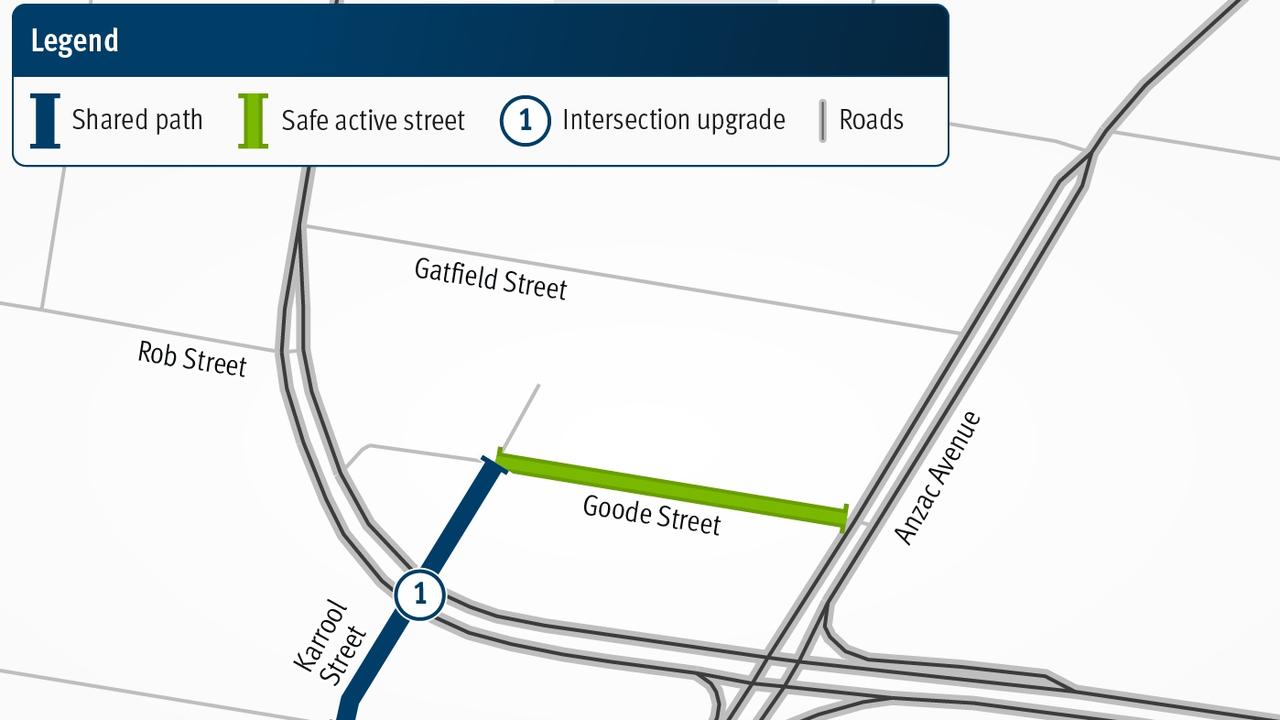Toowoomba residents in Darling Heights want council to act on already-approved subdivision near koala habitat
Locals in Toowoomba’s southern suburbs have united to oppose a new subdivision by one of its neighbours, to be built near core koala habitat. The only catch? It’s already been approved.
Development
Don't miss out on the headlines from Development. Followed categories will be added to My News.
A group of Toowoomba residents have vowed to try to stop the development of a new higher-density subdivision near koala habitat, calling on the council to buy back some of the land.
Locals living along Frew Street in Darling Heights have banded together in opposition to part of a three-stage residential project by developers Gerard and Ans Van Erp, who are direct neighbours, slated on either side of Frew Street and also fronting onto Rub Street.
While the first two parts of the project will create lifestyle blocks measuring between 4000 sqm and 8700 sqm, the residents’ main concern is the development of 19 higher-density blocks facing Rub Street.
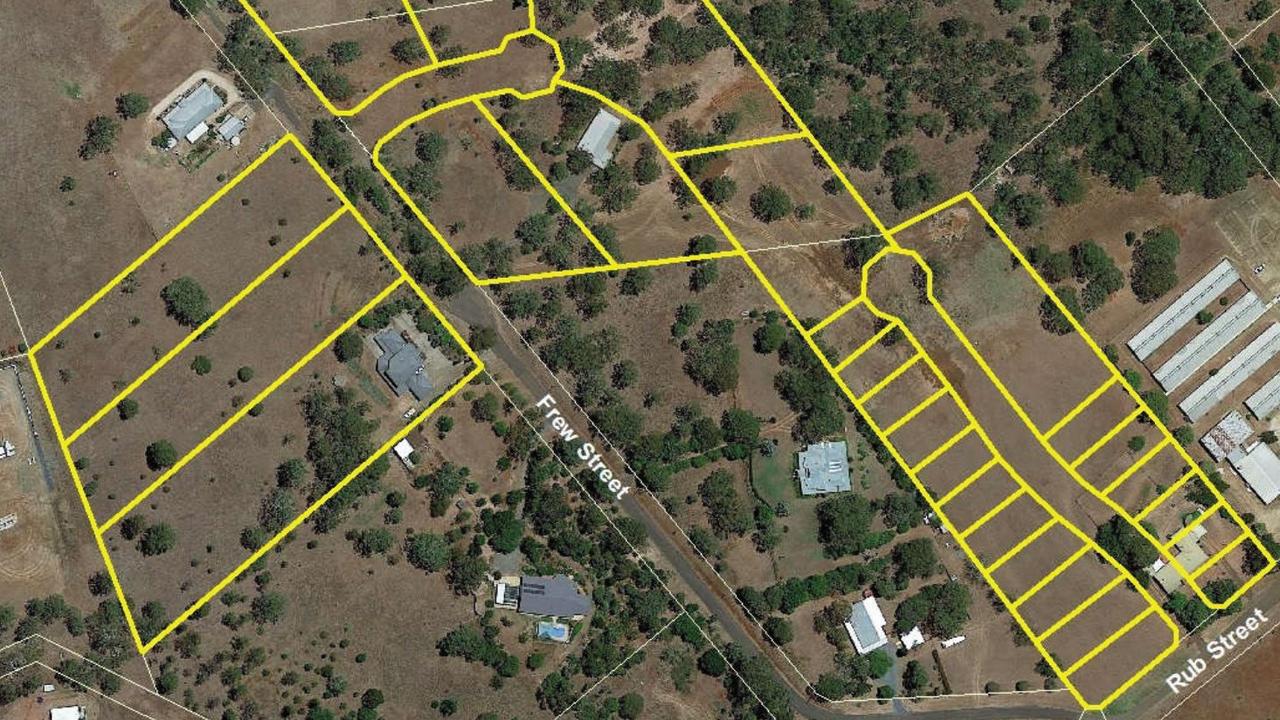
Because the application was code-assessable, no public notification was required and residents said they did not find out about the project until after it had been approved in 2021.
While specific concerns from one resident relate to what he calls substandard requirements for acoustic fencing and retaining walls, lead organiser Paddy Flemming said most neighbours were concerned the development would cut access for koalas to reach their core habitat to the north.
Ms Flemming said she had witnessed koalas in trees on virtually all properties surrounding the core habitat and feared for their safety.
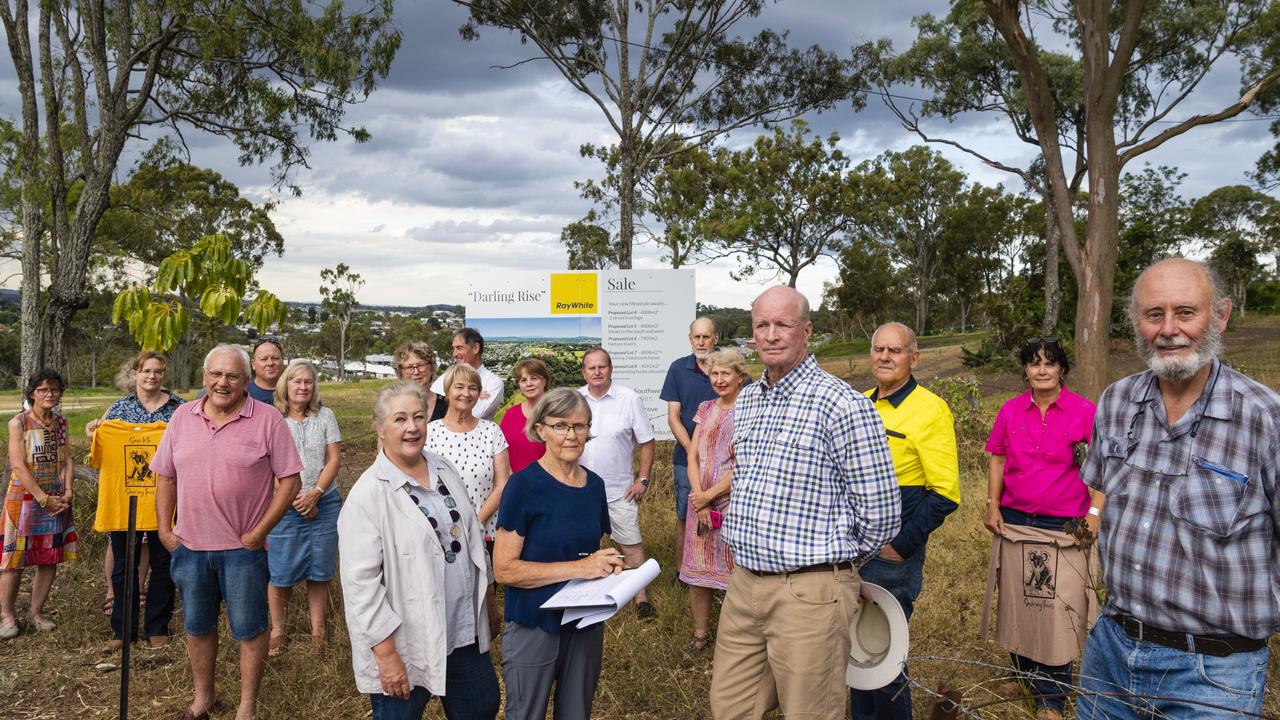
“Concerns expressed relate directly to the threat to wildlife and vegetation in the area which to date has been well populated with plentiful wildlife, including wallabies, tawny frogmouths, satin bower birds, echidna and most notably and significantly, koalas,” she said.
“The increased traffic in Frew Street will pose a very major threat to this wildlife.
“The (higher) density development off Rub Street will sever connectivity from the habitat to areas to the south and west which is where wildlife is seen to traffic back and forwards.
“The community demands that the Toowoomba Regional Council protect our native flora and fauna and address the issue of green space in this area of Toowoomba.”
An ecological impact assessment by Aquila NRM, which was attached to the approved application, identified the core koala habitat as occupying just one of the proposed lots and that while the animals have been observed in the area “no signs (scratches or scats) were observed during the site survey”.
It recommended any clearing of land (outside the core habitat) be done in accordance with state government regulations and any trees assessed by a fauna spotter prior to removal.
Ms Flemming said no one contacted her about the prevalence of koalas in the wider area outside the core habitat.
Neighbour John Seccombe, whose historic Wirra House sits just metres from where a dozen new lots will be built, said the council could still act to rectify the situation.
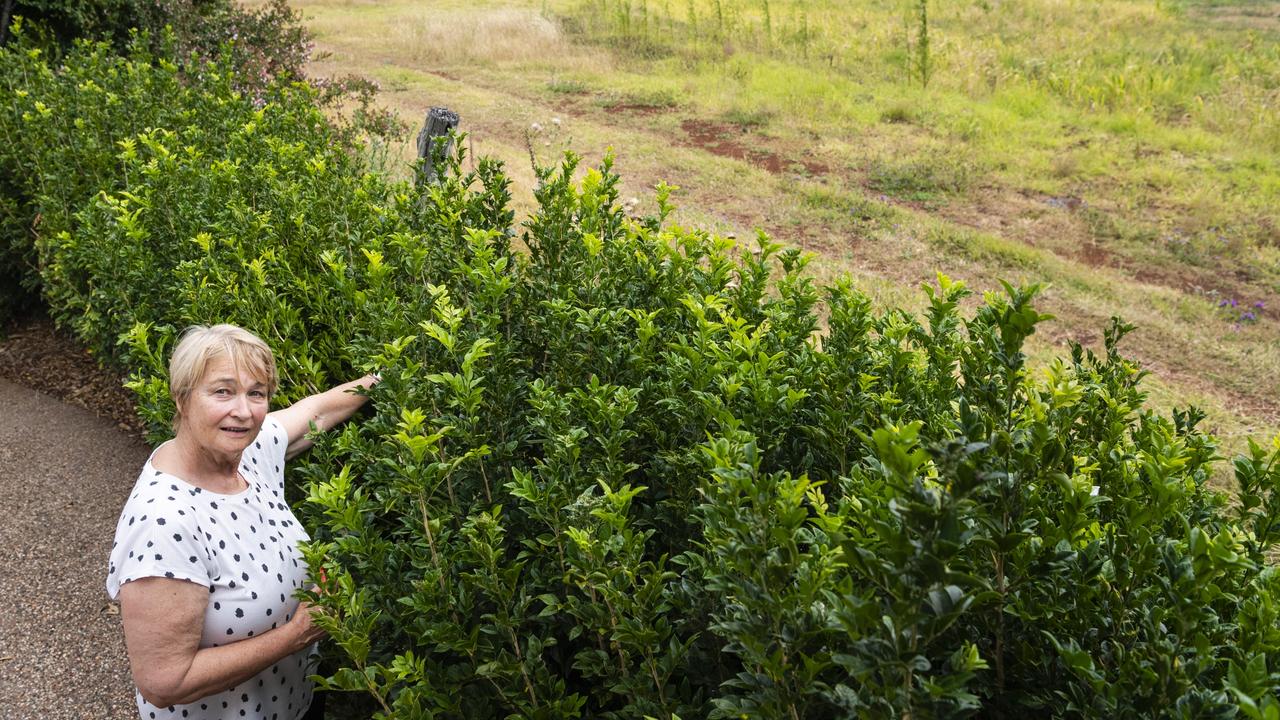
“My issue is my entire back fence line is along this new 19-home development and there are a number issues with the assessment that council has overlooked,” he said.
“There are significant koala habitats throughout Darling Heights, and this development will completely cut that off.”
Darling Downs Environment Council co-ordinator Penny Claringbull, who has thrown support behind the residents, said the incident should inform how the council approaches development near natural habitat in the future.
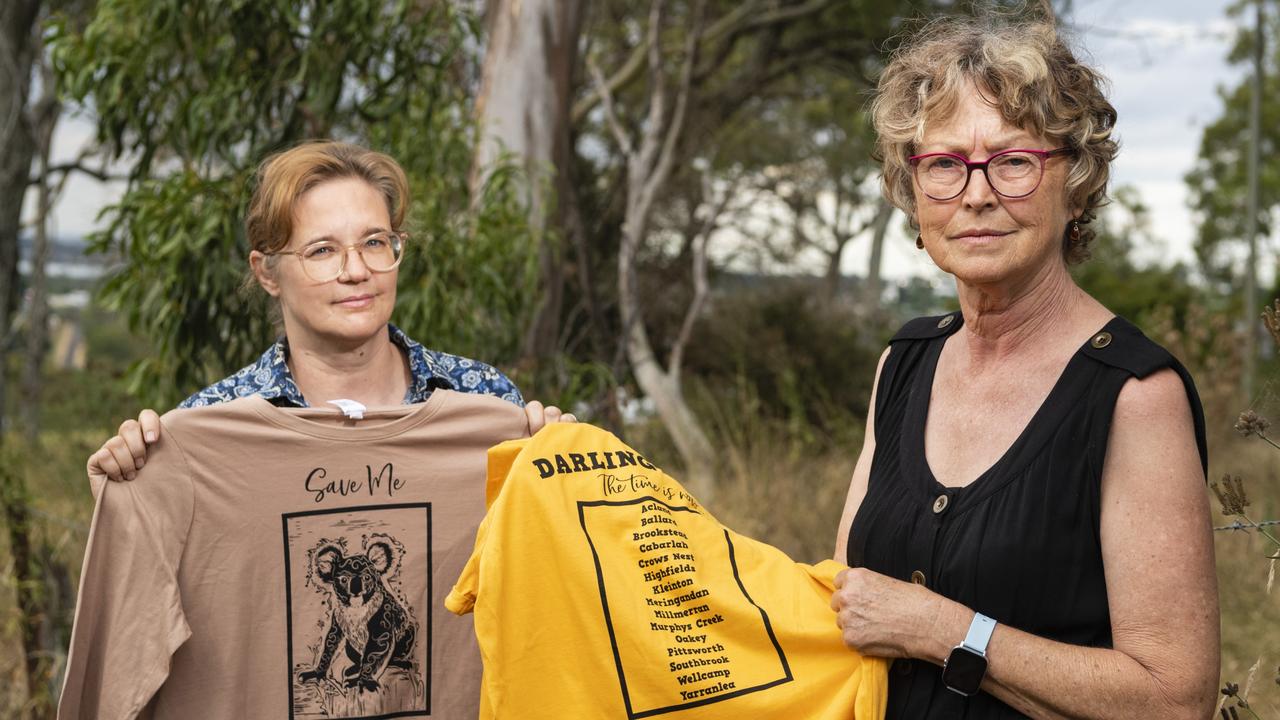
“We are seeing the destruction of koala habitat (across the region), piecemeal by piecemeal, which is a failure of the planning scheme,” she said.
“Developments like this highlight the need of the council to bring in a new planning instrument around natural habitat loss until a new planning scheme is developed.”

LEARNINGS FOR COUNCIL
Deputy mayor Geoff McDonald, who toured the site with councillor Kerry Shine several months ago, stressed the developer had not done anything illegal but noted the matter as a “learning experience” for council.
“There’s definitely some learnings here, but under the current planning scheme and environmental regulations, the applicant has done nothing illegal, they’ve been given approval,” he said.
“This is obviously an opportunity for the developer and the community to have a conversation.”
Mr McDonald added that he would like to see the proliferation of “wildlife gardens” in urban environments to lessen the impacts of development on natural fauna.
In a statement addressing some of the concerns held by residents, planning and development chair councillor Megan O’Hara Sullivan said acoustic fencing was not required but there were conditions related to retaining walls.
“This is proposed residential development interfacing with residential development – there was no basis to impose requirements for acoustic fencing,” she said.
Ms O’Hara Sullivan also said council placed conditions preventing the clearing of trees in areas identified by the ecological impact assessment report.
“The state imposed conditions to prevent clearing of identified koala habitat, as well as the installation of koala friendly fencing along the lot boundaries interfacing with it,” she said.
“Based on the recommendations within (the ecological impact assessment) report, council conditioned that a vegetation protection covenant be registered over the land to prevent clearing within the area identified as a ‘building exclusion area’.”
DEVELOPERS RESPOND TO CONCERNS
Landowners and developers Gerard and Ans Van Erp said the project they had put forward was a logical consequence of the zoning that had been set by the council years before.
“We’re located within 100m of the university, which is an international university. All the land is zoned residential, it’s not just this block,” Mr Van Erp said.
“I’m sure everyone would prefer things changed, but it’s a little unrealistic that the land will never be developed.
“The land we are developing has been zoned residential for 15 to 20 years.
“We have owned that land for 30 years, we’ve never made a secret about wanting to develop that land – if we hadn’t developed this, another would’ve bought it and done so.”
Mr Van Erp also denied that the development would cut off koalas from their core habitat.
“The block that is the closest (the core habitat) is a one-acre allotment, so the higher density happens away from the koala habitat,” he said.
“If koalas had the intention of moving across, there is nothing that stops them.
“It’s all been investigated by the state government, we have followed all the rules and guidelines, so all we can assume is the environmental consultants and authorities have come up with a solution.”





